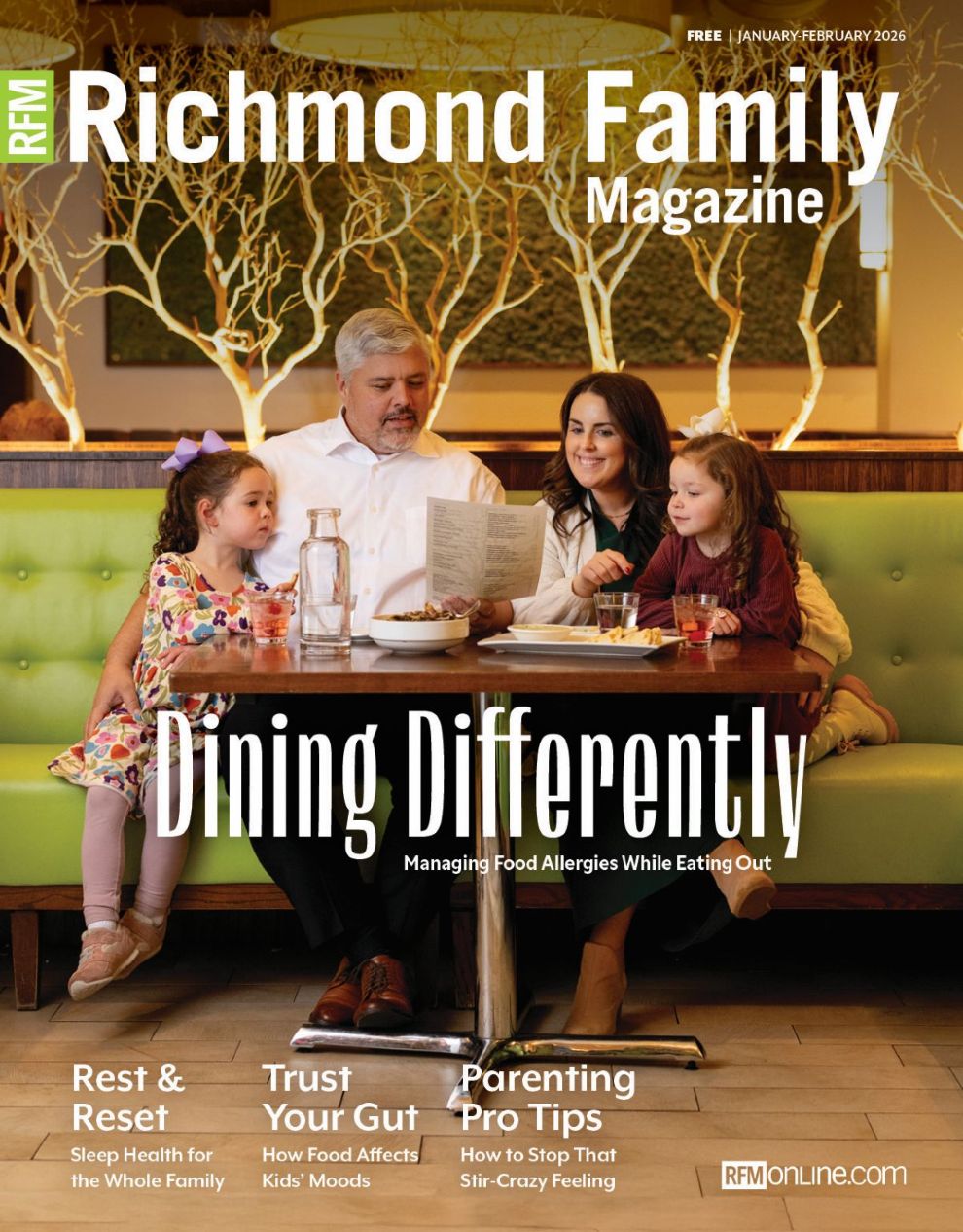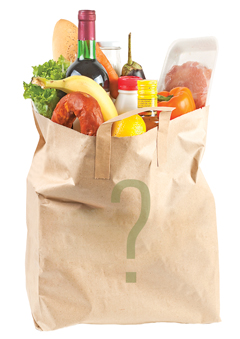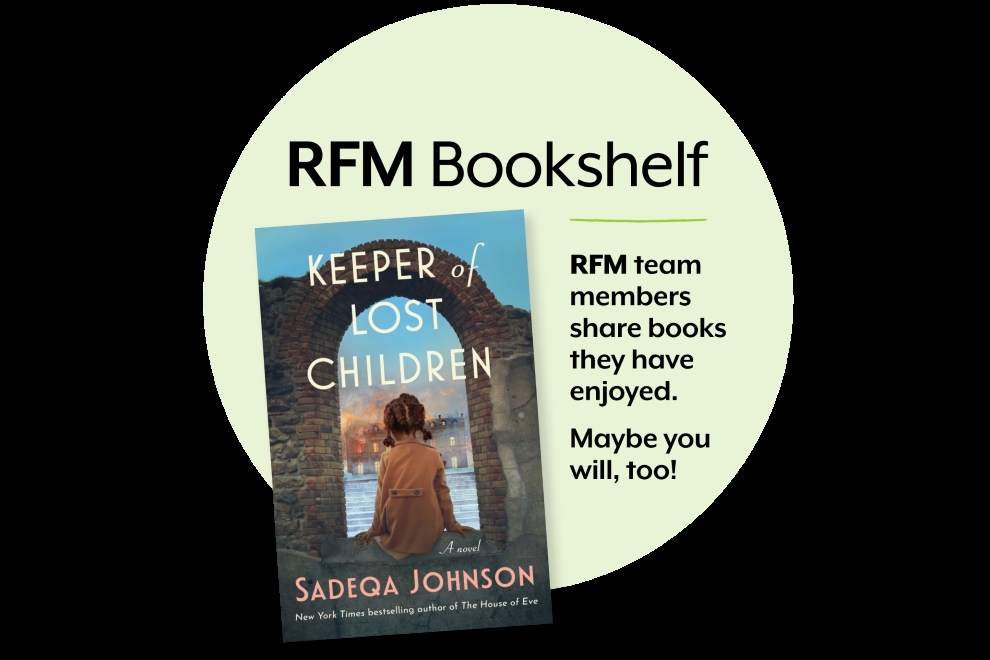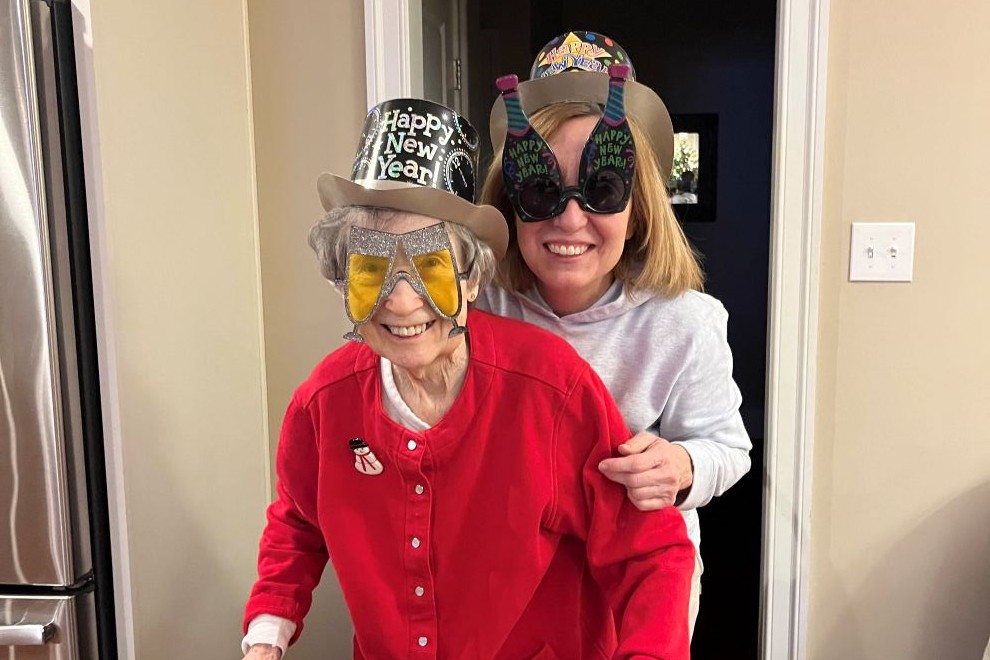If you live in the far West End or Midlothian, it can be hard to decide which of the many grocery stores to visit. But many families in Central Virginia don’t have those same options.
In 2012, Richmond was identified as the largest food desert for a city its size in the United States, according to the Community Development Financial Institution Fund. The recent Virginia Food Desert Study Report, which found that 22.8 percent of Richmond residents have some food insecurity (compared with 9.4 percent in Chesterfield County and 12.5 percent in Henrico County), which means they are low-income, with limited access to fresh food options.
Not having access to healthy options can strain some families. “I really do put a lot of thought into healthy eating,” said Kimyatta Moses, a mom of eight who lives in Richmond’s East End. “We try to eat a lot of vegetables and fruits when I find them.
“I’m trying, but it’s so hard. I’m hoping that as they’re building up the East End we’ll get something. They keep saying that everything is healthy, healthy, healthy, but we can only do so much with the choices we have. There really isn’t any place to get healthy food.”
 Because transportation can be a problem, many families must do a lot of their shopping at small corner stores, and many of these offer very limited selection of produce, if any, such as bananas and onions.
Because transportation can be a problem, many families must do a lot of their shopping at small corner stores, and many of these offer very limited selection of produce, if any, such as bananas and onions.
In Richmond, Tricycle Gardens grows and distributes fresh produce from RVA’s Urban Farm to corner stores (to qualify, the store must accept SNAP), in under-served neighborhoods such as Moses’ and provides education about nutrition and cooking classes. The organization also assists store owners with the cost of refrigeration units for the produce.
Claire Sadeghzadeh, program coordinator at Tricycle Gardens, says access to healthy foods is essential for the community. “At the American Public Health Association conference this year, the theme was on the power of place and how your location is the overall indicator of long-term health. There’s this powerful statistic: Your zip code is now a better indicator of your long-term health and outcomes than your genetics.
“We’re seeing the power of place is important, and a big part of that is whether you have access to affordable and healthy food. A lot of communities we work with in Richmond are what people refer to as food deserts or they lack access to fresh, affordable food. It’s either due to lack of proximity to grocery stores or economics.” Sadeghzadeh proudly notes that they now have been able to offer forty-seven different types of produce in the seven corner stores that participate in the Tricycle Gardens program.
Moses has worked with government officials and private groups on initiatives to provide transportation for those in food deserts to farmers markets – and to allow those markets to accept Electronic Benefits Transfer. She hopes it will ensure access to good choices for families similar to hers throughout the area.
“Kids want healthy foods,” she said. “I’ve noticed that the healthy foods and snacks that I buy get eaten in no time.”
Her dream? That her neighborhood food desert will transform into a food oasis to match those in other parts of Central Virginia.
What’s a food desert? According to the USDA, food deserts are urban neighborhoods and rural towns without ready access to fresh, healthy, and affordable food. Instead of supermarkets and grocery stores, these communities may have no food access or are served only by fast food restaurants and convenience stores that offer few healthy, affordable food options. The lack of access contributes to a poor diet and can lead to higher levels of obesity and other diet-related diseases, such as diabetes and heart disease.
What is SNAP? The Supplemental Nutrition Assistance Program is a government assistance program to help low-income families pay for food. The amount of SNAP food stamps a household receives depends on the household’s size, income, and expenses, and those eligible get an Electronic Benefits Transfer debit card (EBT), which can be used to pay for food.





